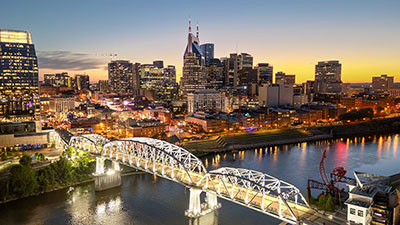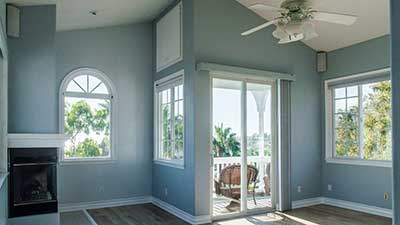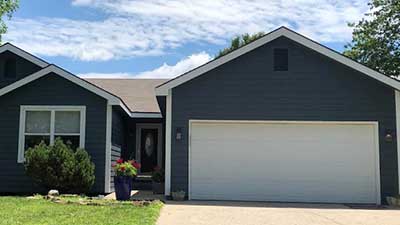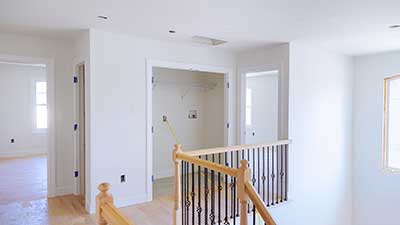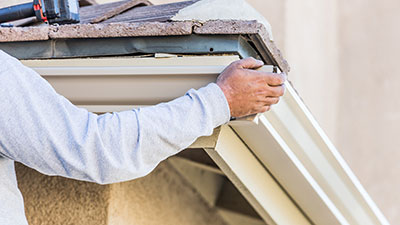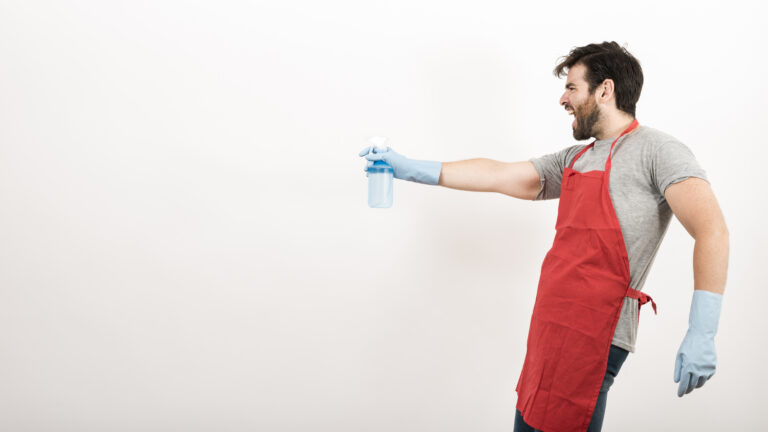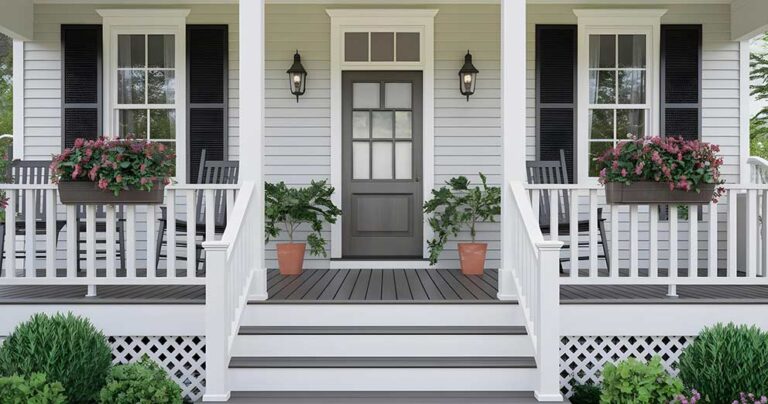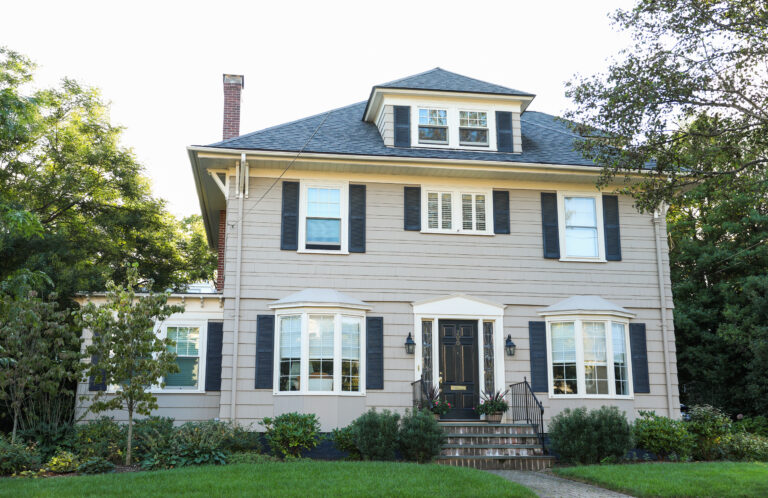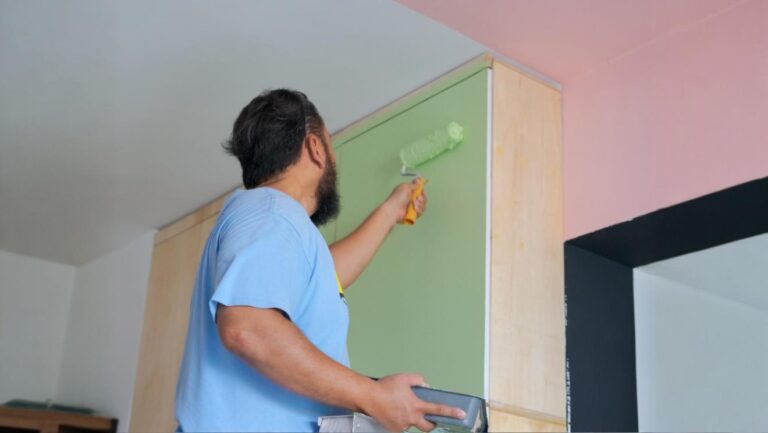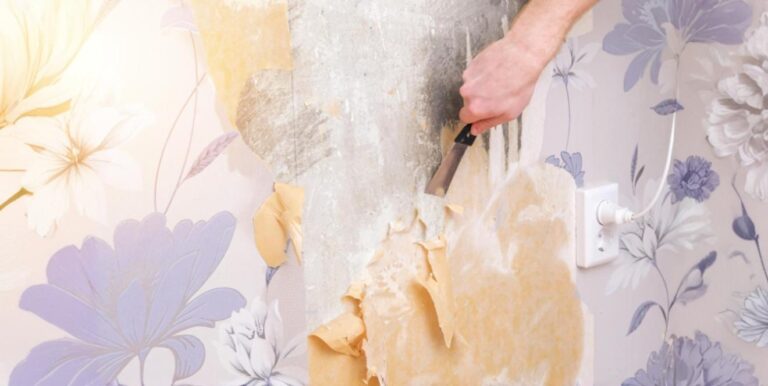Ever looked at your garage and thought it could use a bit of sprucing up? You’re not alone. The garage, often a home for cars, tools, and forgotten hobbies, has so much untapped potential. With the right garage drywall paint, you can transform this overlooked space into something spectacular. Let’s dive into how you can make those walls shine with personality and durability.
Cleaning and Preparing Garage Walls
Before you dip that brush into the paint, there’s a crucial first step – cleaning. It might seem like a chore, but trust us, it’s worth it. Sweep away the cobwebs, dust, and any grime with a broom or a shop vac. Next up, a gentle wash with a mild mixture of water and dawn dish soap will do wonders. The key here is to ensure your walls are as clean as a whistle and completely dry. After all, paint sticks best to clean surfaces.
Choosing the Right Paint
When it comes to painting your garage walls, not just any paint will do. Let’s break down your options:
Interior Latex Paint
First up, we have interior latex paint. It’s like the friendly neighbor of the paint world – easy to get along with and doesn’t make a fuss. Drying quickly and keeping odors to a minimum, it’s perfect if you want to get the job done without a lingering paint smell. However, be prepared; it might require a couple of coats to cover properly.
Oil-Based Paint
Then there’s oil-based paint. Think of it as the tough cookie of the bunch. It’s incredibly durable, making it a great choice for a high-traffic area like a garage. But patience is key, as it takes its sweet time drying and can be a bit on the nose with its strong odor.
Exterior Paint
You might wonder, what about exterior paint? It’s built tough, right? True, it’s great at battling the elements outside, but when it comes to your garage’s interior, it’s not the best choice. Its formula, designed to resist mildew and handle temperature changes, can introduce toxins into your enclosed space – not what you want for an area that’s part of your home.
Choosing the right paint type is like picking the right tool for the job. It can make all the difference in the outcome of your project. Whether you lean towards the quick-drying and easy-to-use interior latex or the robust and enduring oil-based option, understanding their pros and cons will help you make an informed decision that best suits your garage’s needs.
Priming Garage Walls
Before we let the colors fly, there’s an unsung hero in our painting saga: primer. Think of primer as the trusty sidekick, ensuring that your paint doesn’t just look good but stays looking good. For that fresh, unfinished drywall, a drywall primer with PVA is your best bet. It seals the porous surface, creating a smooth canvas for your chosen paint color. Skipping this step? You might find your paint absorbed into the wall, leaving a patchy finish.
Applying Garage Wall Paint
Now, for the main event—painting! Here’s where patience and preparation pay off. Start with safeguarding your floor and any garage hardware you’d rather not color-coordinate with your walls. Depending on whether you chose oil-based or latex paint, your approach might vary slightly. Remember, oil-based paints require a bit more elbow grease and ventilation, given their odor and longer drying time. Whichever path you choose, plan your painting timeline wisely, allowing each coat ample time to dry.
Best Paint for Garage Walls and Ceilings
When it comes to picking the best paint for garage walls and ceilings, interior latex paint often takes the crown. It’s like the friend who’s always ready to help: quick-drying, low-odor, and easy to clean up. As for finishes, semi-gloss or satin can make future cleaning a breeze, resisting the inevitable scuffs and stains that come with garage life.
Selecting the Perfect Color
Colors have the power to transform spaces, and your garage is no exception. While bright whites can make the space appear larger and more inviting, they might not be the best at hiding dirt. Consider neutral blues and greens for a balance of brightness and practicality. And don’t forget to consider how your chosen paint color will look alongside your garage door and floor.
Brands and Quality of Paint
In the realm of paint, not all brands are created equal. OnDemand Painters recommends high-quality brands for their durability and coverage. While higher quality might mean a higher price tag, it often saves time and effort in the long run.
Practical Painting Tips
Armed with rollers and brushes, it’s time to bring your garage walls to life. Use rollers for large, even coverage and brushes for those hard-to-reach edges. And remember, thin coats are the secret to a professional finish—avoid the temptation to slather on too much paint at once.
Prepping Different Types of Garage Walls
Depending on your garage’s construction, you might be working with more than just drywall. Wood, brick, or concrete walls each require their unique prep steps. But no matter the material, a clean, primed surface is key to painting success.
Conclusion
Transforming your garage with paint isn’t just a weekend project; it’s an opportunity to enhance your home’s functionality and style. By choosing the right paint, preparing your surfaces properly, and applying with care, you’ll ensure your garage looks great and stands up to the test of time. With these expert tips from OnDemand Painters, you’re ready to turn your garage into a space that’s as vibrant and versatile as the rest of your home.
FAQs
Should I use interior or exterior paint for garage walls?
For garage walls, interior paint is usually the best choice. It’s designed for indoor spaces and offers the right balance of durability and safety for most garage environments.
What’s the best type of interior paint for garage walls?
Interior latex paint is highly recommended for garage walls. It’s easy to apply, dries quickly, and has minimal odor, making it a practical option for indoor spaces.
Is it necessary to clean and prime garage walls before painting?
Yes, cleaning and priming are essential steps. They ensure the paint adheres properly and provides a smooth, long-lasting finish. Skipping these steps can lead to poor paint performance.
How should I choose a color for my garage walls?
Consider the function of your garage and the look you want to achieve. Light colors can make the space feel larger and brighter, while darker colors can hide dirt and stains more effectively.
Can I use wall paint on the garage floor?
No, the garage floor requires a more durable solution. Epoxy coatings or specific garage floor paints are designed to withstand the wear and tear of vehicle traffic and spills, unlike wall paint.





